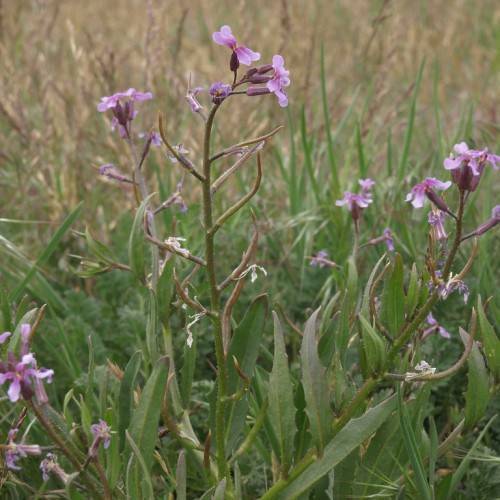
Blue Mustard
Chorispora tenella
Watering:
Minimal
Hardiness Zone:
Flowers:
Flowers
Sun:
full sun,part shade,full shade
Soil:
Sand
Leaf:
Yes
Growth Rate:
Low
Poisonous To Pets:
Yes
Thorny:
Yes
Care Level:
Medium
watering
Common Wintergreen needs low levels of moisture. It should be watered deeply and infrequently, approximately once a month during the growing season when the soil is not overly wet. During dry periods, the soil should be kept slightly moist. In very hot and dry climates, more frequent watering may be necessary. Be sure not to overwater, as this can cause root rot.
sunlight
Common Wintergreen (Chimaphila umbellata) is a shade-loving plant species. It does best when it receives indirect, partial sunlight or dappled light. The ideal amount of sunlight for Common Wintergreen is between 2 to 4 hours of sunshine per day. It is best to avoid placing it in direct noon day sun or in areas that have constant full sun exposure. Providing Common Wintergreen with the right amount of sunlight is important in order to get the best foliage color and flowering.
pruning
Common Wintergreen should be pruned in early spring, when new growth is about to begin. Pruning should consist of light trimming to remove dead or overly woody branches. This helps promote new growth growth and shape the plant. Make sure to avoid pruning active or healthy parts of the plant. Pruning should be limited to a maximum of 1/3rd of the branches or stems of the plant. Doing so will help keep the plant aesthetically balanced and will prevent any major damage or shock to the plant.
